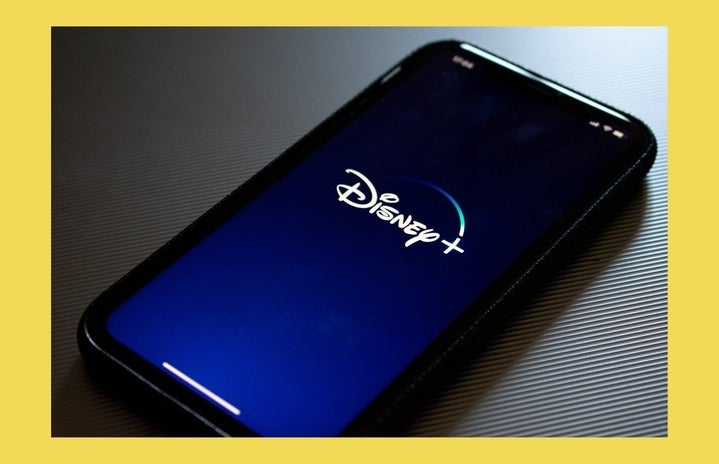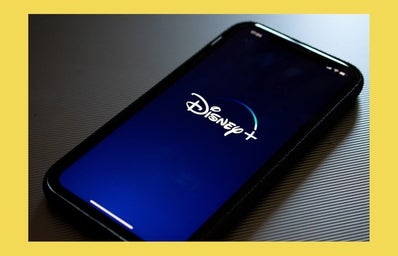Growing up, many impressionable young women, including myself, tuned in every week to watch new episodes of “Wizards of Waverly Place,” “Good Luck Charlie” and “Austin & Ally.” These popular Disney shows included action, drama, comedy and love, and almost always featured the best friend who was signaled as the “Designated Ugly Fat Friend,” otherwise known as the DUFF.
The main characters of these shows, and other Disney shows like them, were always conventionally attractive young women with thin body types. Alex Russo, Teddy Duncan and Ally Dawson were all loveable and desirable characters, each with their own complex storylines. As a young girl, I wanted to be every one of these characters because they were created as role models who were interesting and pretty, and as a young girl, I quickly picked up on the fact that they were thin.
In comparison, each of these characters had a best friend with less nuance and did not meet society’s standards of conventional attractiveness. It seems like Disney utilized physical attractiveness, with a particular focus on body type, to identify who the audiences should pay attention to and who they should strive to look like.
When googling each of these best friends, the fan-made page Disney Wikipedia provides a brief description, which are all significantly shorter and less detailed than the main characters.
For example, when viewing the Wikipedia page for Harper Finkle, Alex Russo’s eccentric best friend in “Wizards of Waverly Place,” the description reads, “Harper Finkle is Alex Russo’s best friend in Wizards of Waverly Place. She is one of the three mortals who knows that wizards exist.” This description provides little detail into who Harper is and reflects that her storyline revolves around being Alex’s best friend.
The blurb about Ivy Wentz, Teddy Duncan’s best friend in “Good Luck Charlie,” reads “Teddy Duncan’s best friend and Mary Lou and Harry Wentz only-child. She loves fashion and is always telling Teddy she needs to go shopping. She likes to go to the mall, and she also likes to text.” We learn a few facts about Ivy, but they are surface level details and don’t provide complexity to her character.
The final description of Ally Dawson’s best friend, Trish De la Rosa, reads, “A 15-year-old fashionista, who becomes Austin’s personal stylist and manager. She’s also Ally’s best friend. She’s known to wear a lot of weird uniforms because she goes through lots of jobs.” Again, there is very little substance in Trish’s description and does not leave an audience imagining her as someone they might strive to be.
While the descriptions are fan-made and editable by anyone, Disney is also complicit in providing little complexity to these characters, despite the many episodes they appear in. While it makes sense their stories would not be as fleshed out as the main characters, viewers are left to see the women who are not conventionally attractive or thin be pushed to the side for their beautiful, skinny best friend to take the hot boyfriend and the spotlight.
Disney continually uses body type to indicate who young girls should model themselves after. Young girls do not want to be compared to the eccentric and odd Harper who is constantly chasing and being shut down by her crush Justin. Nor do they want to be Ivy, who seems to never find a boyfriend as handsome or dedicated as Teddy’s. And they definitely don’t want to be characterized as lazy like Trish. Why is it that these three characters are cast aside and written off? Further, why are these three characters portrayed by actresses who are not “Disney Channel thin”?
At a young age, I was taught that my body was not loveable because I didn’t look like the popular girls I saw on TV. When I had to buy my jeans in the junior plus size section of JCPenny, I felt more like the sidekick in my own life. When the only people who I could physically relate to were the best friends with no narrative, I learned that my very healthy and capable body was actually bad.
Disney Channel has taught young girls a false beauty standard which idolizes skinny bodies and casts aside those who don’t fit the model through this structure. The use of “DUFFs” solidifies the idea that young girls should scrutinize not only their own bodies, but also the bodies of others around them, in order to achieve main character status. The intentional use of body type in Disney Channel shows designates the ugly, fat friend to be the odd, eccentric, lazy and unlovable sidekick and presents a false beauty standard that continues to pervade mainstream society today.


